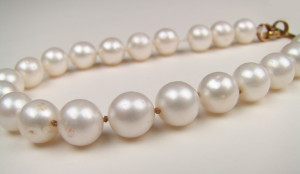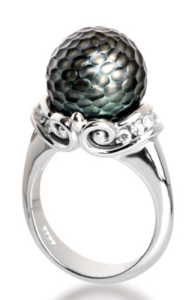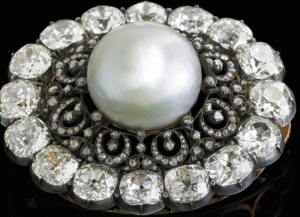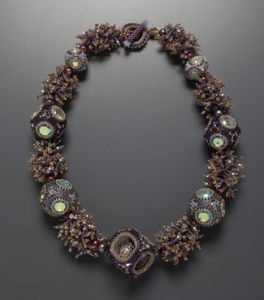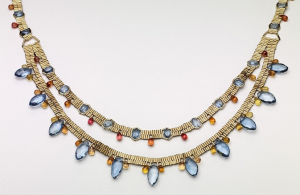Rob Bates, the news director of JCK, a leading trade publication recently wrote an article entitled “Jewelry is About Craft. We should tell Consumers.”
His point is that manufacturers should take the time to tell retailers what goes into the manufacture of a product, including interesting and important information about the gemstones.
This echoes a point I’ve tried to make for years. When I owned the gallery, I was consistently amazed that otherwise competent craftspeople would bring in items and yet be unable to describe the gemstones. They put hours of work into the piece, may have used multiple and sophisticated techniques in assembling it, yet didn’t have the curiosity to look up the gemstones.
This kind of omission (laziness in some, although not all cases) is also a nuisance for any sales intermediary. When this happened to me, I was frequently able to identify the gemstones, but I couldn’t identify all of them, particularly those I didn’t use in my own work. How on earth did they expect me to sell a product if I didn’t know what it was? I remember one of the most arrogant craftspeople responded to my question by lecturing me to “sell the design, not the materials.” This was a mistake.
It’s true that none of us can be experts on everything. In fact, that’s one the enduring appeals of working in the industry…there is always something new to learn.
But when we’re trying to sell our work, it’s important to understand exactly what we’re offering. If the raw material appeals to you, but is unfamiliar, ask the dealer what it is before you buy it. Then, write it down or have him write it on the sales receipt. Often we buy materials that we don’t immediately use, so keep your notes…maybe in a zip lock bag where you store the gemstones. Keep your sales receipts where you can easily refer to them. Then, when you incorporate it into a design, look up the material, so you can describe it to your clients or your gallery reps.
Many craftspeople don’t take the time to understand or familiarize themselves with the sales process. But, the best – and most successful ones – do. Remember, most people, particularly buyers of one-of-a-kind jewelry, love knowing about their purchases. It’s up to you to provide them with that information.

